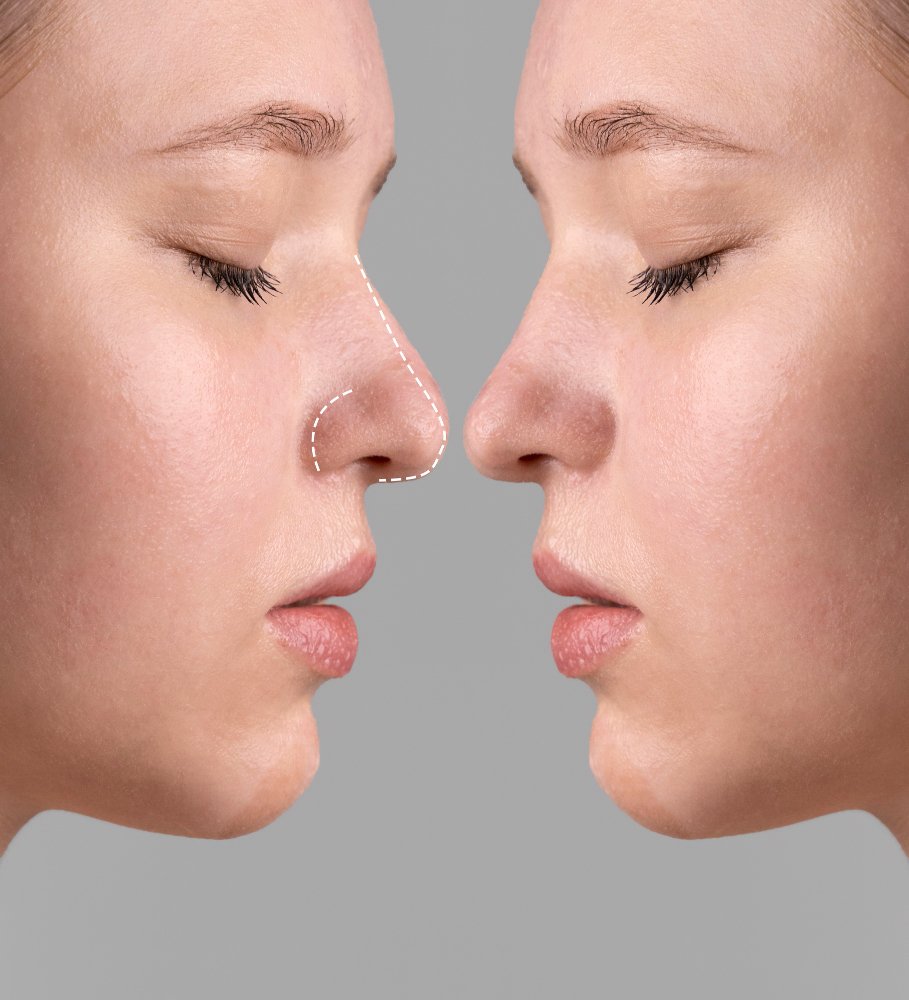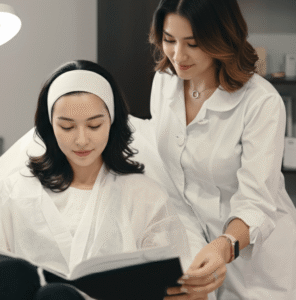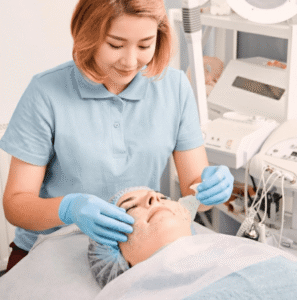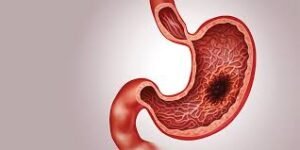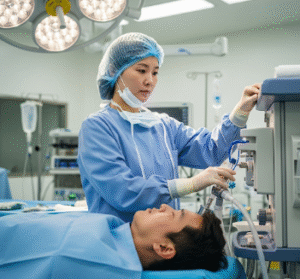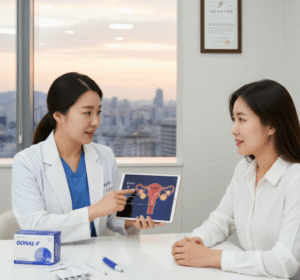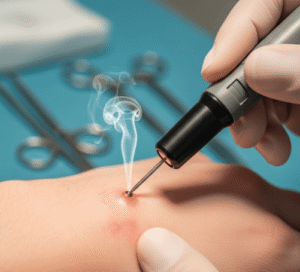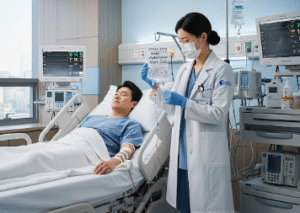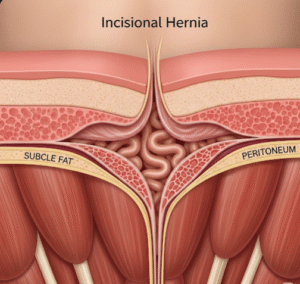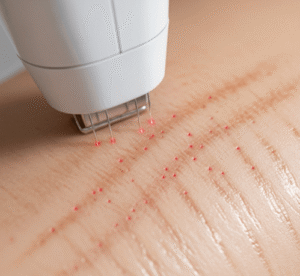What It Is
Rhinoplasty, commonly known as a nose job, is a surgical procedure that reshapes or reconstructs the nose for functional or cosmetic reasons. It can correct nasal asymmetry, reduce or augment nose size, improve the nasal bridge, or refine the tip. Medically, rhinoplasty may also help patients with breathing difficulties, congenital deformities, or nasal injuries.
In Korea, rhinoplasty has become one of the most popular and advanced plastic surgery treatments worldwide. Known for its precision and artistry, Korean rhinoplasty focuses on achieving natural, harmonious results that suit the patient’s facial structure.
Why It’s Done
Patients choose rhinoplasty in Korea for both cosmetic and medical reasons:
- Cosmetic reasons:
- To enhance facial balance by reshaping the nose.
- To reduce or refine the size of the nasal tip or bridge.
- To correct a hump, crooked nose, or wide nostrils.
- To achieve a more defined, proportionate look.
- Medical reasons:
- To correct a deviated septum and improve breathing.
- To repair nasal fractures after trauma or injury.
- To address congenital nasal defects.
Korea attracts a wide range of patients — from young adults seeking aesthetic refinement to older patients addressing age-related nasal changes. Many international patients also visit Korea specifically for rhinoplasty due to its global reputation for excellence.
Alternatives
While rhinoplasty is the gold standard for permanent results, alternatives exist:
- Non-surgical rhinoplasty: Dermal fillers (such as hyaluronic acid) can temporarily reshape the nose by smoothing bumps or adding volume.
- Septoplasty alone: For patients with breathing difficulties but no cosmetic concerns.
- Thread lifting: In some cases, threads can provide slight lifting effects to the nose bridge or tip.
However, these alternatives often provide temporary or limited outcomes compared to surgical rhinoplasty.
Preparation
Before undergoing rhinoplasty in Korea, patients typically follow these steps:
- Consultation: 3D imaging or simulation is used to visualize potential outcomes.
- Medical evaluation: Blood tests, nasal exams, and imaging may be required.
- Lifestyle adjustments: Avoid smoking, alcohol, and certain medications (like aspirin or blood thinners) at least 2 weeks prior.
- Fasting: If general anesthesia will be used, fasting 6–8 hours before surgery is necessary.
- Discussion of goals: Surgeons in Korea often emphasize natural-looking results, so patients work with the doctor to set realistic expectations.
How It’s Done
Rhinoplasty in Korea is typically performed in specialized clinics or hospitals:
- Anesthesia: Usually general anesthesia or local anesthesia with sedation.
- Incision: Either open rhinoplasty (small incision across the columella) or closed rhinoplasty (incisions inside the nostrils).
- Reshaping: The surgeon adjusts bone, cartilage, and soft tissue. Cartilage grafts may be taken from the septum, ear, or rib if necessary.
- Augmentation or reduction: Depending on the patient’s needs, implants (often silicone or Gore-Tex) or natural cartilage are used.
- Closing the incision: The nose is sutured and dressed with a splint.
The procedure typically lasts 1.5 to 3 hours, and most patients can go home the same day.
Recovery
Recovery after rhinoplasty in Korea usually follows this timeline:
- First week: Swelling and bruising around the eyes and nose are common. Nasal splints are usually removed within 5–7 days.
- 2–3 weeks: Most visible swelling subsides, and patients can return to work or school.
- 1–3 months: Nose shape refines gradually, and breathing improves.
- 6–12 months: Final results become fully visible.
Pain is generally mild and manageable with prescribed medication. Cold compresses and keeping the head elevated help reduce swelling. Regular follow-up visits ensure proper healing.
Possible Complications
Although rhinoplasty in Korea is considered safe, potential risks include:
- Swelling, bruising, or temporary numbness
- Bleeding or infection
- Scarring (especially with open rhinoplasty)
- Breathing difficulties if healing is not optimal
- Unsatisfactory results requiring revision surgery
Choosing a skilled Korean plastic surgeon significantly lowers complication risks.
Treatment Options in Korea
Korea is one of the most sought-after destinations for rhinoplasty due to:
- Advanced hospitals and clinics with specialized plastic surgery departments.
- Highly experienced surgeons who perform thousands of rhinoplasties annually.
- Cutting-edge technology, including 3D simulation and minimally invasive techniques.
- Cost-effectiveness: Prices are typically lower than in the US or Europe, while maintaining world-class quality.
- International patient support programs that provide translation, airport pickup, and personalized care.
- High success rates and innovations: Korean surgeons are pioneers in advanced grafting and natural augmentation techniques.
Whether for functional improvement or cosmetic refinement, rhinoplasty in Korea offers safe, effective, and aesthetically pleasing outcomes, making it a top choice for both domestic and international patients.

